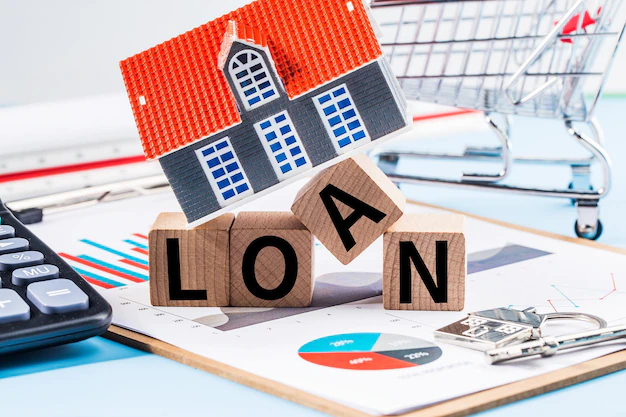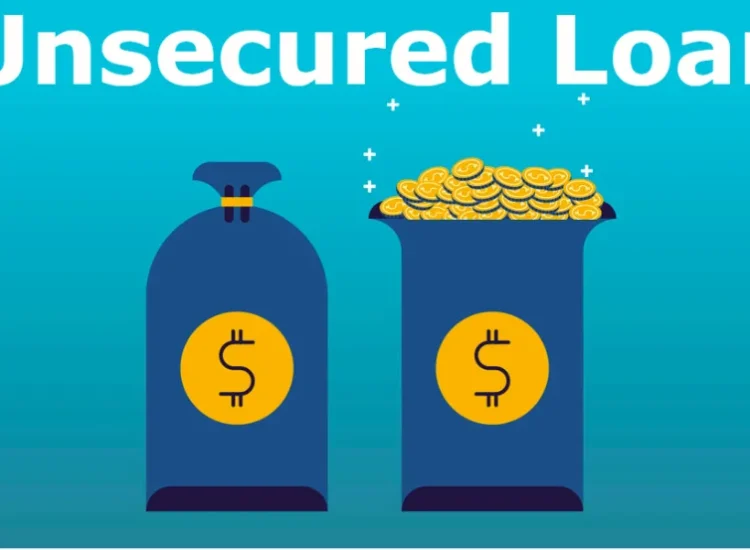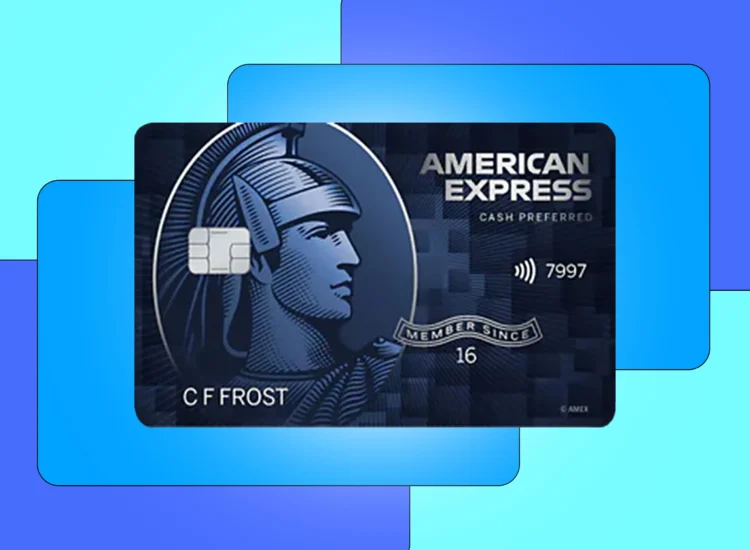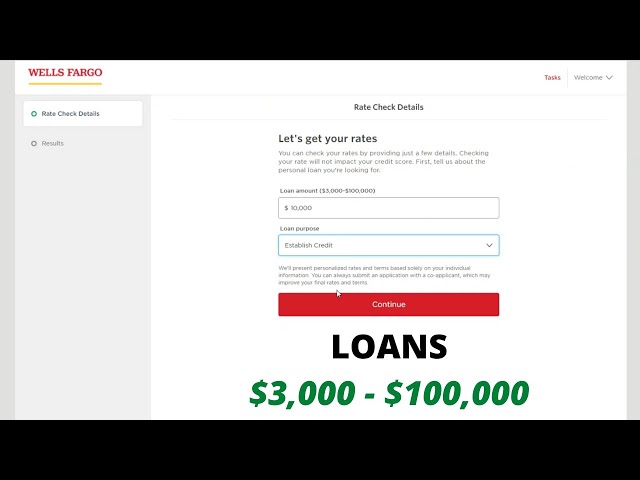The rising cost of graduate education has left many students grappling with the question of what is a good student loan interest rate. Understanding the complexities of federal and private loan options is crucial for making informed borrowing decisions. This article provides an updated overview of student loan interest rates in 2024, outlining the differences between federal and private loans and offering strategies for securing favorable terms. We will examine current rates, explore the impact of economic factors, and discuss strategies for minimizing long-term debt.
Toc
- 1. Current Federal Student Loan Interest Rates for Graduate Students
- 2. Understanding Private Student Loan Interest Rates
- 3. Related articles 01:
- 4. Strategies for Securing Favorable Student Loan Interest Rates
- 5. Tools and Resources for Borrowers
- 6. Related articles 02:
- 7. Addressing Common Questions and Misconceptions
- 8. Conclusion
Current Federal Student Loan Interest Rates for Graduate Students

Overview of Federal Rates
As of 2024, it’s crucial for graduate students to be aware of the federal student loan interest rates. The current rates are:
- Direct Unsubsidized Loans: 7.05%
- Direct PLUS Loans: 8.05%
These federal loans offer fixed interest rates, providing borrowers with stability over the loan’s duration. Such predictability is particularly advantageous during unpredictable economic conditions. Graduate students can only access unsubsidized loans, which means that interest starts accruing immediately, making it essential to understand the cost implications.
Historical Trends
A review of student loan interest rates by year reveals significant fluctuations. For example, the interest rate for Direct Unsubsidized Loans was 6.80% in 2014, and it has gradually increased to the current 7.05%. This upward trend highlights the growing costs of borrowing for education. A visual representation of these rates over the past decade underscores the importance of awareness for current and prospective students.
Impact of Economic Factors
Student loan interest rates are closely linked to economic factors, particularly the performance of the 10-year Treasury note. Rising inflation typically leads to higher interest rates as central banks adjust monetary policy to stabilize the economy. Understanding these economic mechanisms helps graduate students grasp the reasons behind interest rate fluctuations and their potential impact on borrowing costs.
Federal Student Loan Advantages: Repayment Flexibility and Forgiveness
Federal loans come with several significant advantages, making them a preferred option for many borrowers. Key benefits include:
- Flexible Repayment Options: Federal loans offer various income-driven repayment (IDR) plans, such as Income-Contingent Repayment (ICR), Pay As You Earn (PAYE), Revised Pay As You Earn (REPAYE), and Income-Based Repayment (IBR). Each plan calculates payments based on different income assessment methods and has distinct caps on monthly payments. This flexibility is particularly valuable for graduates entering lower-paying jobs, as it allows them to manage their repayments according to their financial situations.
- Forgiveness Programs: Federal loans provide eligibility for forgiveness programs, such as Public Service Loan Forgiveness (PSLF), which can significantly alleviate the burden of student debt over time. Recent changes to these programs, including expanded eligibility and streamlined applications, have made them even more accessible to borrowers committed to public service careers.
While federal loans offer substantial benefits, it’s important to recognize that they may not always cover the total costs of education, particularly for students in high-tuition programs.
Understanding Private Student Loan Interest Rates
Private student loans are issued by banks, credit unions, and other financial institutions. These loans have a wider range of interest rates compared to federal loans because they are influenced by the borrower’s credit score and financial history. As of 2024, private loan interest rates for graduate students typically range from 3% to 14%. However, it’s crucial to note that these rates can change at any time and may be subject to fees such as origination or prepayment penalties.

Average Rates for Private Loans
When federal loans fall short of covering educational expenses, many students turn to private loans. In 2024, the average interest rate on private graduate student loans ranges from approximately 4% to 17%. This variation is influenced by multiple factors, including lender policies, borrower credit scores, and the presence of co-signers. Generally, a higher credit score results in lower interest rates.
1. https://sachico101.com/mmoga-bhg-loan-reviews-a-small-business-owners-guide/
2. https://sachico101.com/mmoga-your-guide-to-sofi-home-equity-loans-for-home-improvements/
3. https://sachico101.com/mmoga-bank-statement-mortgage-loans-a-freelancers-guide-to-homeownership/
5. https://sachico101.com/mmoga-penfed-mortgage-loan-a-complete-guide-for-homebuyers/
Fixed vs. Variable Rates
Private loans typically offer both fixed and variable interest rate options. Fixed rates remain constant throughout the loan term, providing predictability in monthly payments. Conversely, variable rates may start lower but can fluctuate based on market conditions, potentially leading to higher costs over time. For many borrowers, selecting a fixed rate may offer peace of mind, especially for those anticipating years in repayment.
Factors Influencing Rates
Several key factors affect the interest rates offered by private lenders:
- Credit Score: A borrower’s credit score significantly impacts their perceived risk. Higher scores typically result in lower rates.
- Length of Credit History: The duration of a borrower’s credit history also plays a role. Lenders prefer applicants with a longer credit history, as it provides more data on their financial behavior.
- Debt-to-Income Ratio: This ratio assesses how much of a borrower’s income goes toward existing debt. A lower debt-to-income ratio generally indicates a better ability to manage additional debt, leading to more favorable rates from lenders.
By considering these factors, students can better understand how lenders assess risk and determine loan rates.
Private Student Loan Advantages: Specialized Offerings
While federal loans have their benefits, certain private loans may offer perks that can be advantageous for specific borrowers. For example, some lenders provide lower rates for those with excellent credit or specialized programs tailored to certain professional fields. This flexibility can make private loans an attractive option for individuals with strong financial profiles or unique educational needs.
Strategies for Securing Favorable Student Loan Interest Rates
For students considering borrowing to finance their education, there are several key strategies to keep in mind:

Improving Your Credit Score
One of the most effective strategies for obtaining a better interest rate on student loans is to enhance your credit score before applying. Actions such as reviewing your credit report for inaccuracies, paying bills on time, and managing existing debts can positively impact your score. Utilizing resources like credit counseling services can provide personalized guidance on improving your financial health.
Importance of Shopping Around and Comparing Offers
When seeking the best interest rate, it’s vital to compare offers from multiple lenders. Online comparison tools can help evaluate various options efficiently. In this process, borrowers should not only consider interest rates but also look at fees—such as origination fees and prepayment penalties. Additionally, some lenders may offer discounts for enrolling in autopay or loyalty programs, which can further reduce costs.
Negotiating Loan Terms
Although it may seem daunting, negotiating loan terms with lenders is often possible. Borrowers with strong credit profiles or those requesting larger loan amounts may have leverage to negotiate better rates. Engaging in discussions with lenders about potential adjustments before finalizing the loan agreement can lead to more favorable terms.
Considering Loan Refinancing
After graduation, refinancing student loans can become a viable option, especially for borrowers who have established a stable income. Refinancing allows graduates to consolidate existing loans and potentially secure a lower interest rate. It’s essential to compare refinancing rates from various lenders to ensure the best possible deal. Tools like the student loan interest calculator can be invaluable in this process, helping to estimate potential savings based on different scenarios.
Tools and Resources for Borrowers
Understanding and comparing student loan interest rates can be a challenging task. Fortunately, multiple resources are available to help borrowers navigate this process:
- Student Loan Interest Calculator: This tool allows users to input information about their loans, including interest rates and repayment terms, to estimate potential costs over time.
- Credit Counseling Services: These services provide personalized guidance on managing credit, improving financial health, and navigating loan options.
- Online Comparison Tools: Websites such as Credible and NerdWallet offer side-by-side comparisons of various lenders’ interest rates and fees.

Utilizing Student Loan Calculators
Using a student loan calculator can be a game-changer when planning for your education expenses. These tools help estimate total loan costs, monthly payments, and the impact of different repayment plans. Key calculators to explore include the “Student Loan Calculator,” the “Unsubsidized Loan Interest Rate Calculator,” and the “Student Loan Interest Calculator.” By inputting various scenarios, such as loan amounts, interest rates, and repayment terms, borrowers can gain a clearer picture of how their choices will shape their financial future. For example, seeing the difference a slightly lower interest rate can make over the life of a loan can help you make more informed borrowing decisions. These tools are not only helpful in budgeting but also in strategizing repayment plans to minimize interest costs in the long run.
1. https://sachico101.com/mmoga-penfed-mortgage-loan-a-complete-guide-for-homebuyers/
3. https://sachico101.com/mmoga-your-guide-to-sofi-home-equity-loans-for-home-improvements/
4. https://sachico101.com/mmoga-bank-statement-mortgage-loans-a-freelancers-guide-to-homeownership/
5. https://sachico101.com/mmoga-bhg-loan-reviews-a-small-business-owners-guide/
Engaging in Online Communities
Online platforms, such as Reddit, host vibrant communities where students and graduates discuss their experiences with loans, interest rates, and repayment strategies. Searching for threads like “what is a good student loan interest rate reddit” or joining subreddits dedicated to personal finance can reveal valuable insights into what others have found beneficial or challenging. Many users share tips on negotiating loan terms, managing repayment, or finding alternative funding options. However, it’s important to approach advice from online forums critically, as personal financial situations vary widely, and what works for one person may not work for another. Always verify the information you gather and consider consulting a financial advisor to tailor advice to your specific needs.
Addressing Common Questions and Misconceptions
Why do student loan interest rates vary?
Student loan interest rates are subject to multiple factors, including the type of loan (federal or private), market conditions, and the borrower’s credit history. Private loans tend to have higher interest rates due to the increased risk for lenders. Additionally, federal loans have fixed rates set by the government, while private loans’ rates can vary depending on the lender.
Is it possible to negotiate a lower student loan interest rate?
Yes, borrowers can negotiate with lenders for lower interest rates. It may be helpful to shop around and compare offers from different lenders before negotiating with your preferred choice. Having a strong credit profile and requesting larger loan amounts can also increase your chances of negotiating a better rate.
Are there any ways to reduce student loan interest rates?
There are several options for reducing student loan interest rates, including:
- Enrolling in autopay or loyalty programs
- Consolidating loans through refinancing
- Making on-time payments and improving credit score
Borrowers should thoroughly research these options and consider consulting with a financial advisor to determine the best course of action for their specific situation.
Defining a Good Student Loan Interest Rate
Determining what constitutes a “good” student loan interest rate can vary based on individual circumstances, including your credit score, loan type, and repayment term. Generally, a lower interest rate is considered more favorable, as it reduces the overall cost of borrowing over time. For graduate students, an interest rate below the federal rate of 7.05% for Direct Unsubsidized Loans is often regarded as advantageous. Rates below this threshold are typically offered by reputable private lenders, but they may require strong credit profiles or a co-signer. Additionally, fixed interest rates are often preferred over variable rates since they remain steady throughout the loan term, ensuring predictable payments.
Debunking Myths
Several misconceptions about student loan interest rates can lead to confusion and poor decision-making. For instance, many borrowers mistakenly believe that consolidating federal loans will automatically reduce their interest rates. In reality, the interest rate for a Direct Consolidation Loan is calculated as a weighted average of the rates on the loans being consolidated, rounded up to the nearest one-eighth of a percent. This means that consolidation may not lower your rate or save you money, but it can simplify repayment by combining multiple loans into one. Another common myth is that refinancing always leads to lower rates. While refinancing through private lenders can sometimes offer better rates, it also means losing federal loan benefits, such as income-driven repayment plans and loan forgiveness options, which may outweigh the potential savings for some borrowers. Understanding these nuances is critical to making informed decisions about student loans.
Conclusion
Understanding what is a good student loan interest rate in 2024 is crucial for graduate and professional students navigating the complexities of financing their education. By thoroughly researching both federal and private loan options, improving credit scores, and comparing offers from various lenders, borrowers can effectively minimize their long-term debt burden. Utilizing tools like student loan calculators aids in making informed financial decisions.
As the landscape of student loans continues to evolve, remaining informed about trends such as student loan forgiveness programs and the impact of inflation is essential. With careful planning and research, students can achieve their academic goals while responsibly managing their student loan debt. Start strategizing today by using a student loan interest calculator to project your payments and explore refinancing options.










